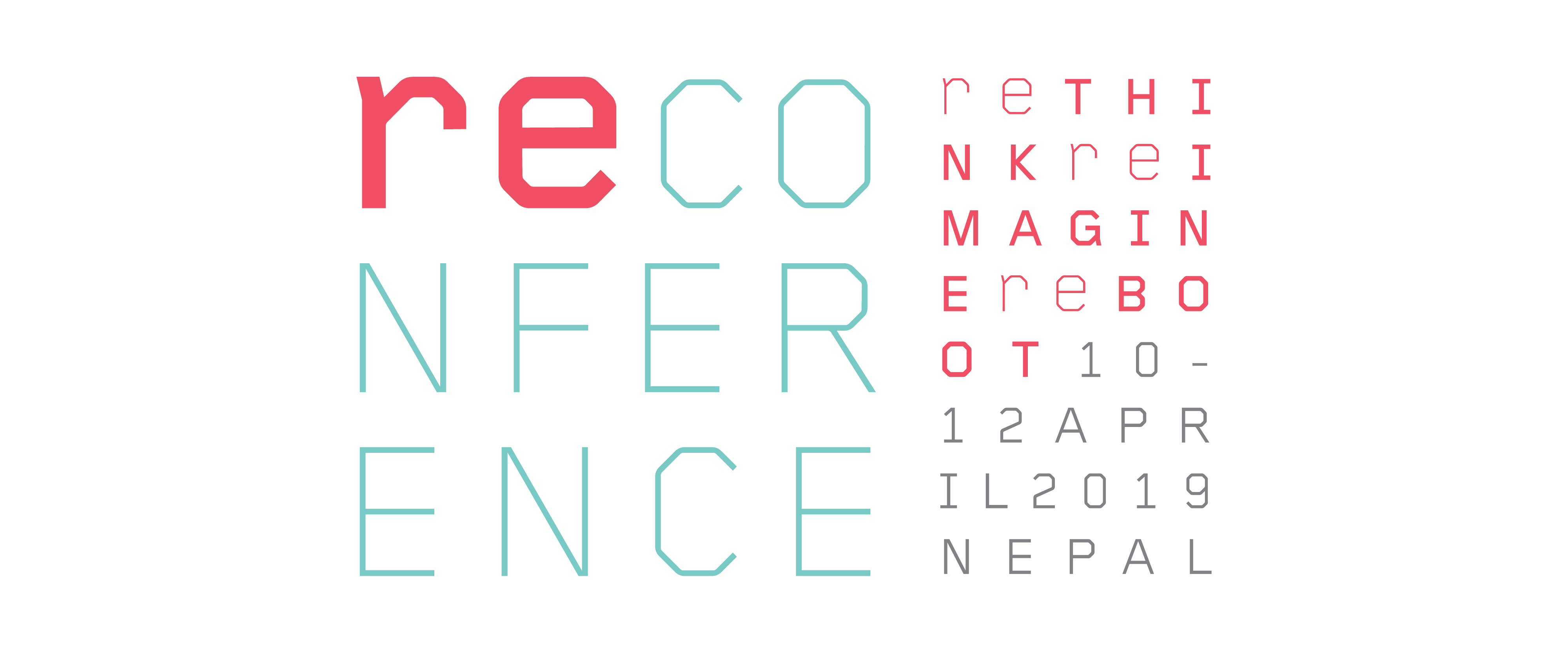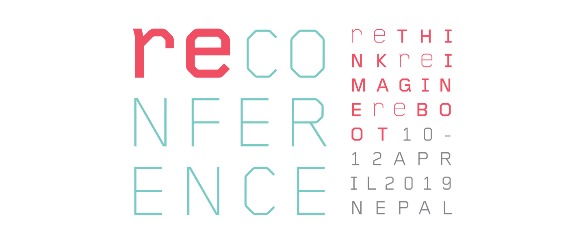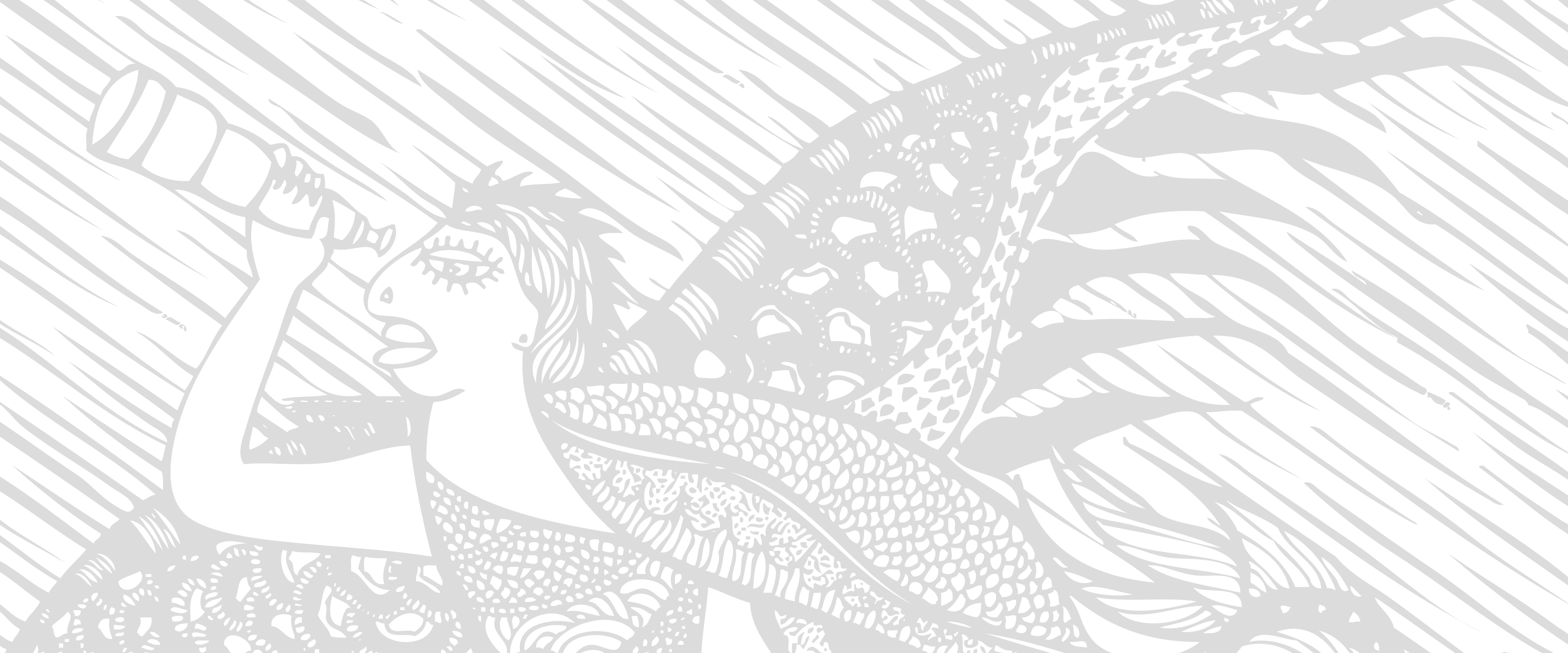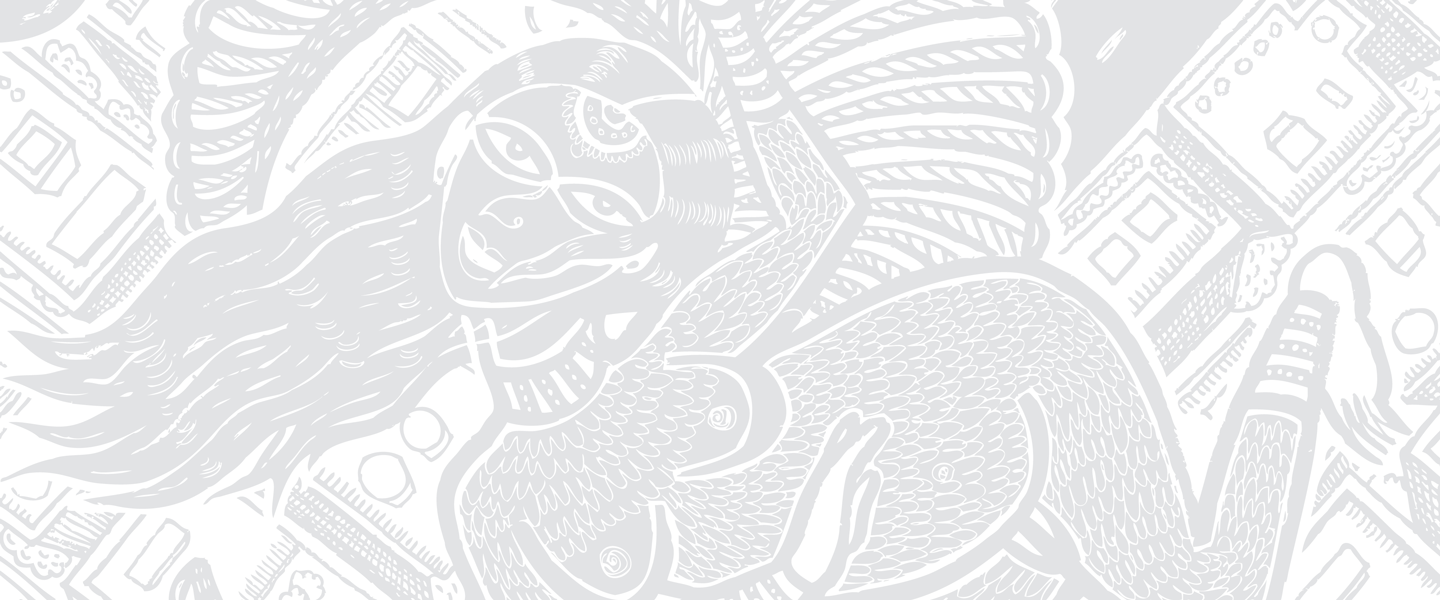sexual and gender diversity
This track will explore the binaries of heteronormativity and challenge fixed identities as the foundation of LGBTI movements, exploring how sexual and gender diversity intersect with themes such as agency and autonomy, sexuality and technology and arts as activism. It will focus on links across movements, especially those challenging punitive laws, policies and practices.
At reconference we will:
rethink why we are choosing the language of “sexual and gender diversity” against the limitations of the LGBTIQ and SOGIESC frameworks.
reimagine ideas about sexual liberation, freedom and autonomy and place these back into the sexuality and gender discourse.
reboot the possibilities of cross-movement alliance-building and advocacy through narratives, stories and documentation.
Gender and sexuality are social constructs which assume significance only within cultural signifiers. A person’s sexuality and gender, and the manner in which they experience these, is shaped by the different locations they occupy in terms of their race, ethnicity, class, ability, faith and geography. However, even in these different locations, gender often exists as a limited heteronormative and binary construct with cultural expectations laying down how it is to be performed.
In this context, we will rethink why we are choosing the language of sexual and gender diversity against the limitations of the Lesbian Gay Bisexual Transgender Intersex Queer (LGBTIQ) and/or Sexual Orientation and Gender Identity and Expression and Sex Characteristic (SOGIESC) frameworks – is the former more fluid, inclusive, non-binary than the latter? This includes rethinking the connections between feminism and sexual and gender diversity concerns.
While it is important to recognize the violence and discrimination one faces because of their gender and sexuality, the pleasure in one’s experiences of their sexuality and gender is also important. More often than not, it is this inherentness of experiencing pleasure and asserting autonomy over one’s own body which is controlled by society through criminalization. It therefore becomes necessary to reimagine sexual and gender diversity through lenses of harm, pleasure and autonomy and revisit the criminalization of the same. This requires reimagining how we think about “harm”, including in a digital context.
Finally, we will examine approaches to what and who is called “criminal” in relation to sexuality and gender, and reimagine approaches to harms, violations and movement strategies. We will also reimagine how to engage in, but not over-emphasize, decriminalization strategies, especially when those ignore risks and realities some groups face.
Everyone has a sexuality and every person has a self-identified gender, thus sexual and gender diversity is an issue concerning every movement. As movements we need to reboot our conversations as well as build, strengthen and nuance our understandings by learning from each other.
At reconference we will:
rethink why we are choosing the language of “sexual and gender diversity” against the limitations of the LGBTIQ and SOGIESC frameworks.
reimagine ideas about sexual liberation, freedom and autonomy and place these back into the sexuality and gender discourse.
reboot the possibilities of cross-movement alliance-building and advocacy through narratives, stories and documentation.
Gender and sexuality are social constructs which assume significance only within cultural signifiers. A person’s sexuality and gender, and the manner in which they experience these, is shaped by the different locations they occupy in terms of their race, ethnicity, class, ability, faith and geography. However, even in these different locations, gender often exists as a limited heteronormative and binary construct with cultural expectations laying down how it is to be performed.
In this context, we will rethink why we are choosing the language of sexual and gender diversity against the limitations of the Lesbian Gay Bisexual Transgender Intersex Queer (LGBTIQ) and/or Sexual Orientation and Gender Identity and Expression and Sex Characteristic (SOGIESC) frameworks – is the former more fluid, inclusive, non-binary than the latter? This includes rethinking the connections between feminism and sexual and gender diversity concerns.
While it is important to recognize the violence and discrimination one faces because of their gender and sexuality, the pleasure in one’s experiences of their sexuality and gender is also important. More often than not, it is this inherentness of experiencing pleasure and asserting autonomy over one’s own body which is controlled by society through criminalization. It therefore becomes necessary to reimagine sexual and gender diversity through lenses of harm, pleasure and autonomy and revisit the criminalization of the same. This requires reimagining how we think about “harm”, including in a digital context.
Finally, we will examine approaches to what and who is called “criminal” in relation to sexuality and gender, and reimagine approaches to harms, violations and movement strategies. We will also reimagine how to engage in, but not over-emphasize, decriminalization strategies, especially when those ignore risks and realities some groups face.
Everyone has a sexuality and every person has a self-identified gender, thus sexual and gender diversity is an issue concerning every movement. As movements we need to reboot our conversations as well as build, strengthen and nuance our understandings by learning from each other.





